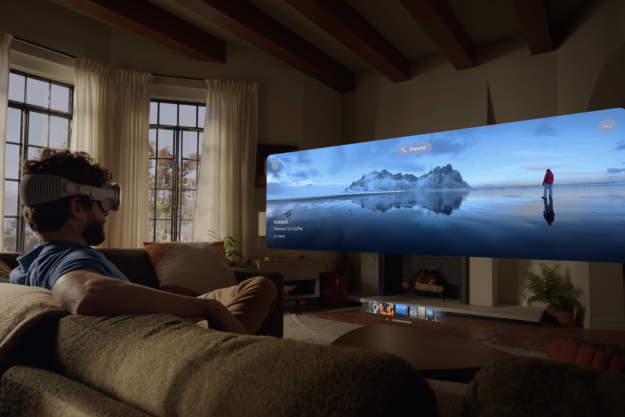
During an interview, Iribe specified that this amount would include a new computer in addition to the Rift – not the Rift on its own. Earlier in May, the company released minimum hardware specifications for a PC that could power the headset. Since then, Rift enthusiasts have been making their own guesses as to what the product would cost, sans PC.
Oculus says that you will need an Intel i5-4590 or greater, as well as 8GB or more of RAM. You will also need a NVIDIA GTX 970/AMD 290 or higher, as well as Windows 7 or newer. Finally, you should have an HDMI 1.3 video output and two USB 3.0 ports.
“The goal is for all Rift games and applications to deliver a great experience on this configuration,” wrote Oculus in a blog post.
It may seem like quite the investment, but Atom Binstock wrote in a separate post that these specs will stay the same throughout the lifetime of the Rift.
“As the equivalent-performance hardware becomes less expensive, more users will have systems capable of the full Rift experience,” Binstock concluded.
Without including a Windows license, the cost of the hardware to build a PC for the Rift would be at least $900. This would mean that the headset itself would cost around $600. However, Oculus gave a $200 to $400 price range back in September, according to Ars Technica.
It is unclear whether the estimated price of $1,500 would include a controller for the headset. Iribe has said that more of Oculus’ plans for a virtual reality control solution will be revealed at E3 in June. And as for timing, the consumer version of the Oculus Rift headset is slated to debut in the first quarter of 2016.
Editors' Recommendations
- This new VR headset beats the Vision Pro in one key way and is half the price
- Watch Apple’s new ‘Get Ready’ ad for its Vision Pro headset
- Spatial computing went public this year, but the true test is ahead
- This PC case has a touchscreen, but it’s way more than a gimmick
- Samsung’s Odyssey Neo G9 launches in October — if you can stomach its insane price


